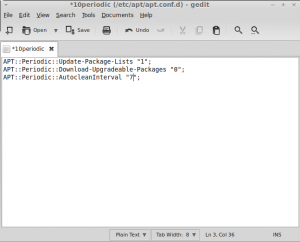
You can find detailed instructions on creating a live bootable USB here. This will allow you to boot into a fresh Ubuntu environment without affecting your existing installation. If the issue persists, you can create a live bootable USB using the “Startup Disk Creator” tool in Ubuntu. These commands will remove the GNOME Tweaks tool and GNOME Shell extensions, reverting your system to its default settings. You can disable them temporarily by removing the GNOME Tweaks tool and GNOME Shell extensions using the following commands: sudo apt purge gnome-tweaks If you have made any modifications or installed extensions, these could be causing conflicts leading to the internal error.

Analyzing these reports can help identify the root cause of the problem. These reports can give you more information about the specific errors that occurred. You can list these reports with the following command: ls -al /var/crash Ubuntu generates crash reports that can be found in the /var/crash directory. This can provide some insight into the cause of the error. Look for messages related to crashes or segfaults around the time the system crashed. You can access this file by running the following command in the terminal: cat /var/log/syslog Ubuntu logs error messages in the /var/log/syslog file.

The first step in resolving the issue is to check the error details.


 0 kommentar(er)
0 kommentar(er)
